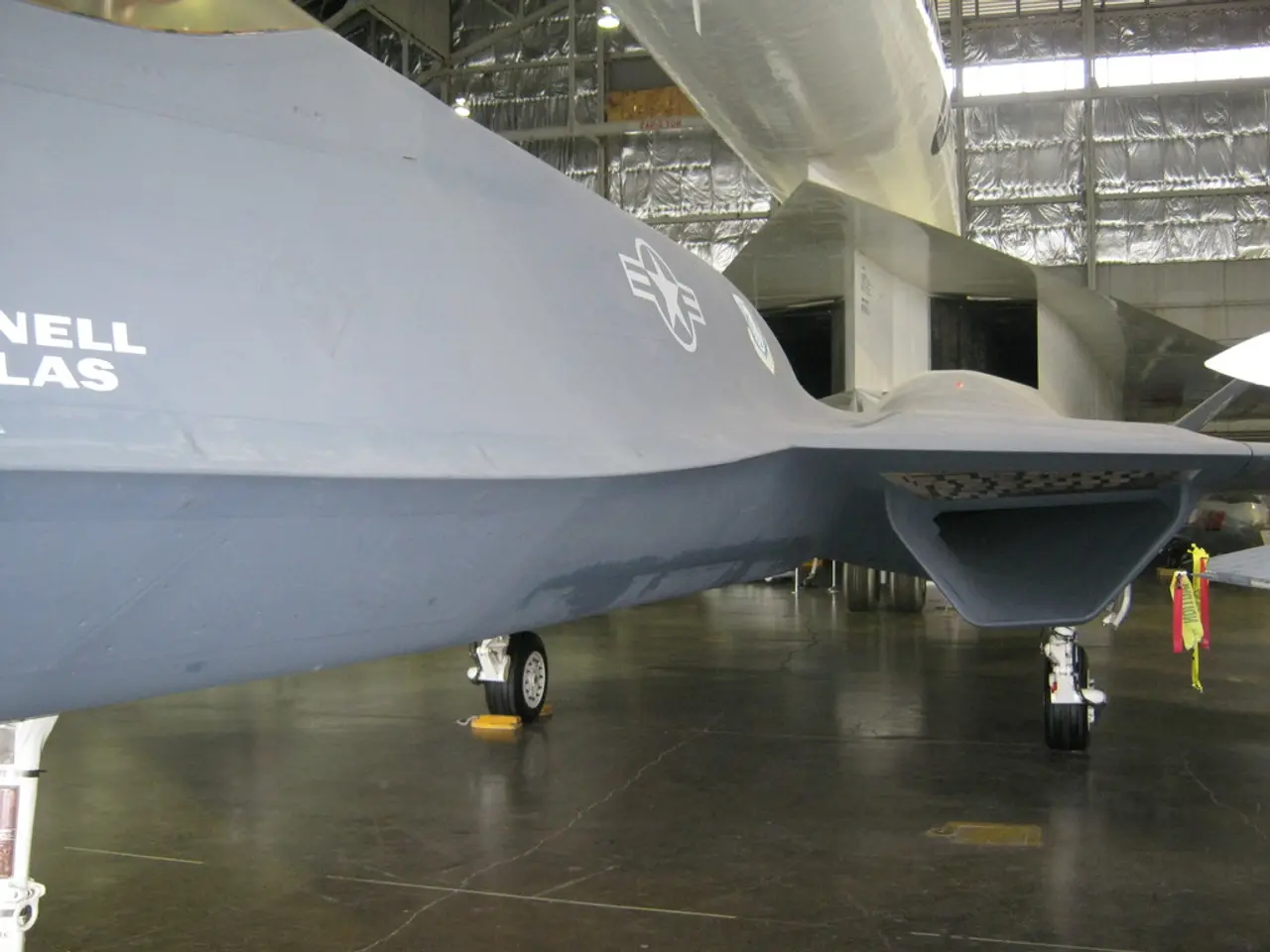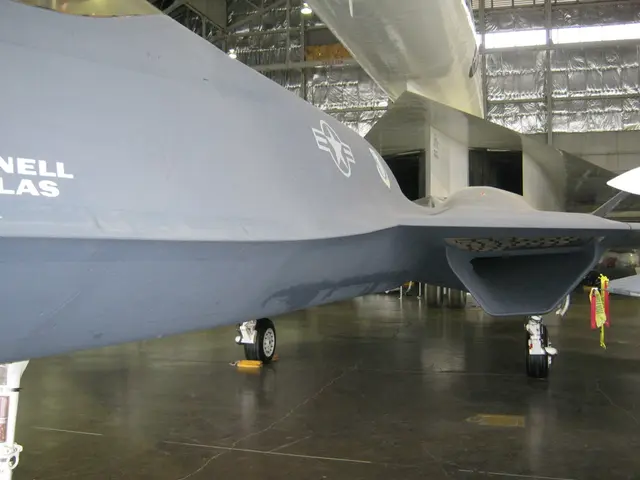Airline Industry Data Analysis: Applications, Advantages, and Forward Prospects
In the ever-evolving world of aviation, data analytics is playing a transformative role, enhancing safety, efficiency, and passenger experiences. Air France-KLM, for instance, has partnered with Google Cloud, allowing them to analyze over 93 million passenger records in real-time, optimizing messaging and services with AI.
This data-driven approach extends beyond passenger services. Edge Analytics and Onboard IoT are improving fuel efficiency, system alerts, and passenger services mid-air. Baggage systems are now driven by predictive analytics, identifying handling bottlenecks, reducing transfer errors, and improving traceability.
Route planning has evolved from intuition-based decisions to precision modeling powered by aviation data analytics, ensuring capacity matches profitability. Sustainability analytics is now a data priority in the aviation industry, with airlines like Qantas using predictive maintenance and safety optimization to detect component failures before they happen, improving safety, reducing downtime, and lowering maintenance spend.
Disruption management is another area where data analytics is making a significant impact. Real-time insights, weather, aircraft rotation, and crew readiness are used to model delays and preempt operational breakdowns. AI-integrated crew management systems have reported up to 15% lower operational costs, a 12% boost in scheduling efficiency, and up to 30% fewer crew-related delays.
However, implementing data analytics in the airline industry comes with its own set of challenges. Real-time data integration across multiple live touchpoints, regulatory and privacy compliance, talent gaps between data science and domain expertise, high costs of implementation, and integration with legacy systems are some of the key challenges.
To overcome these hurdles, airlines are adopting cloud platforms, integrating advanced AI and machine learning, developing hybrid teams, implementing phased rollouts with clear KPIs, investing in data privacy and cybersecurity frameworks, leveraging edge analytics and IoT, and prioritizing cybersecurity and regulatory compliance.
The future of aviation data analytics looks promising. Aviation IoT is forecast to grow to $81 billion by 2034, enabling edge computing for instant processing and action on in-flight data. EasyJet's AI-based pricing engine dynamically recalibrates fares based on device type, loyalty status, and booking window, contributing 22% of total revenue from ancillaries.
Delta Air Lines, for example, has reduced maintenance-related cancellations from 5,600 annually to under 100 by integrating Airbus Skywise and IBM analytics. JetBlue has analyzed search trends and booking intent to launch new routes that exceeded performance expectations, achieving 15% higher load factors than its system average.
In conclusion, while the airline industry faces major challenges in implementing data analytics, the adoption of modern technologies, AI, hybrid teams, and robust security approaches is enabling airlines to harness the power of data for smarter, faster operational decisions and improved customer experiences. The future of aviation is undoubtedly data-driven.
- In the industry of software development, data analytics is playing a significant role, helping companies optimize and automate processes, thus boosting efficiency.
- Machine learning is being used in the realm of business and personal finance, enabling models to predict consumer spending patterns, making investing decisions more precise.
- In the world of lifestyle and home-and-garden, AI is helping personalize user experiences, recommending products based on individual preferences and usage patterns.
- The integration of data analytics and technology is revolutionizing finance, with algorithms predicting market trends, thereby reducing risks and increasing returns.
- Cybersecurity is becoming a major focus in the realm of cloud computing and general news, as the prevalence of data breaches necessitates robust security measures to protect sensitive information.
- Data analytics and travel are inseparable, with real-time data helping airlines optimize route plans, flight operations, and even pricing structures for improved customer experiences.
- In the sphere of sports, machine learning is being used to analyze player performances, predict outcomes, and even provide insights for coaching strategies, transforming the way sports are played and understood.






